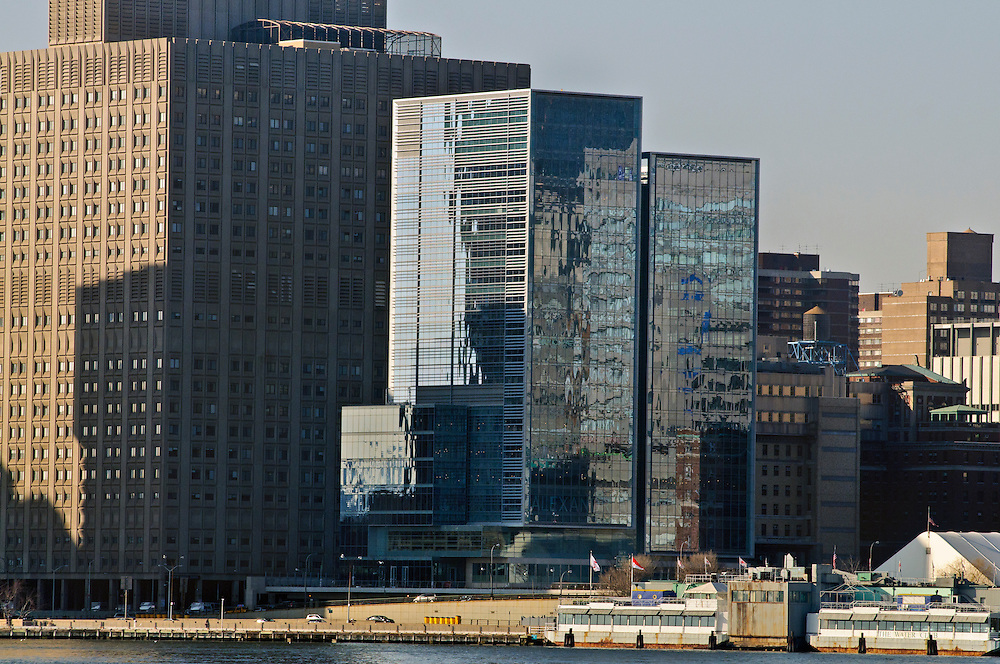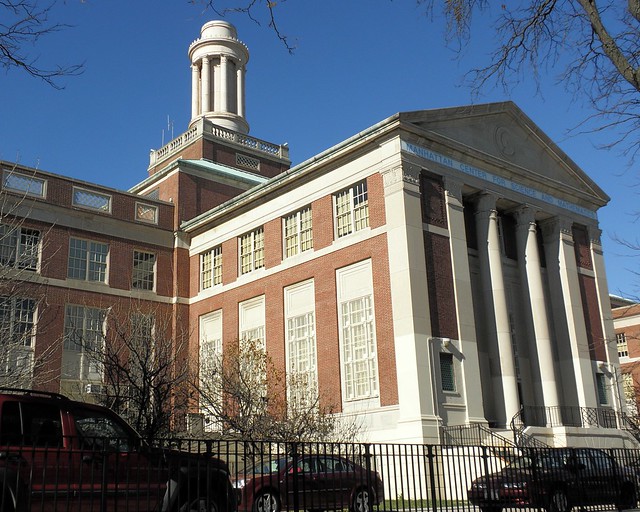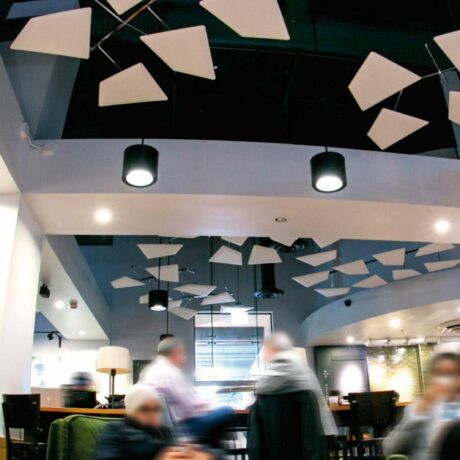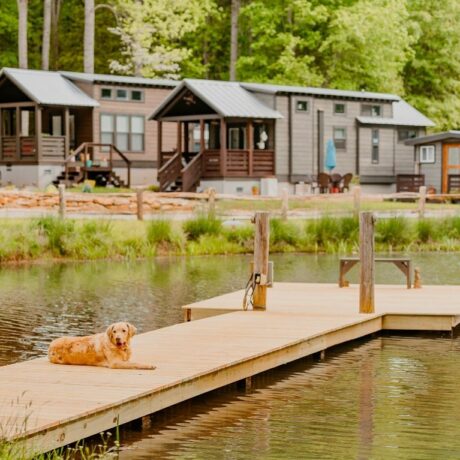
As the life science industry shatters records for funding, space demand and employment throughout the country, there is increasing interest in the development of this sector in the New York City real estate market. Although life sciences research and development has been a critical component of the United States’ economy for some time, historically, cities such as San Diego, Boston, and San Francisco have long dominated as life sciences centers. In the past several years, however, New York City, the country’s financial capital, has seen a significant acceleration of growth in this sector, which has only been heightened by the impacts of Covid-19. In the current post-Covid environment, the life sciences industry has become a bright spot in the uncertain commercial real estate market, one that the City’s leaders are counting on to help fuel its growth.

Even prior to the pandemic, the life science sector was on the rise in New York following initial government funding initiatives for this industry. Following Covid, the push for research, therapeutics and vaccines underscored the need for clusters that can support a more accelerated growth model. New York’s real estate owner/developers, investors and state and local government are working together to claim a share of this growing sector. To attract start-up and early-stage life sciences companies, New York City now provides public funding and tax incentives. On the strength of these funding initiatives and incentives, leasing activity in the sector reached an annual high in NYC before the first half of the year. In June, Mayor de Blasio and the New York City Economic Development Corporation announced a further investment of $1 billion in the sector, through a public funding program called LifeSci NYC, which should serve to further advance the growth trend.
New York City has several inherent advantages in its quest to build a robust life sciences sector—talent, infrastructure, and space. With some of the country’s major research and healthcare institutions as well as tech companies, New York has an abundance of and is attractive to top talent. Key to attracting top talent is New York’s well-developed infrastructure – public transportation, apartments, childcare, as well as lifestyle amenities like gyms, restaurants, theater and other cultural attractions.
Infrastructure also plays a key role in the development of life sciences clusters, veritable ecosystems of work, live, play, micro-neighborhoods. These neighborhood-type developments include the Alexandria Center for Life Science on Manhattan’s East Side and the New York Stem Cell Foundation and the Hudson Research Foundation on the West Side. Across the Hudson River, Jersey City is also home to a new, multiuse life science community, called “The Cove,” which is being designed to share resources with the clusters in Manhattan.


Presently, New York City also has a relative abundance of space, as the city has record commercial vacancy rates and many companies are looking to downsize their office footprints while moving to hybrid work models. There is approximately 14 million square feet of office space currently under construction the city. Businesses that need significant office space now have more options, as many other workers remain working from home or in a hybrid setting.
However, housing a life sciences company is not equivalent to regular commercial tenants. Due to the unique needs of life sciences facilities, life science companies need property with good “bones.” More than the workspace, it is what is built into the walls, ceilings and floors that make the property viable. Large and flexible spaces are key for life science companies, as their facilities and lab space take up a lot of room – an average of approximately three times the amount of space as equally sized, non-life sciences tenants. Further, life science facilities have significant and unique structural and mechanical requirements. For instance, labs require spaces capable of supporting large and heavy equipment as well as advanced air filtration and ventilation systems.
Examples of key space requirements include:
a. High ceilings to accommodate equipment.
b. Specialized HVAC to maintain sterile and well-ventilated environments.
c. Structural strength to withstand vibration and heavy equipment.
d. Elevators that are large enough to accommodate equipment.
e. Alternate sources of power to avoid outages associated with public electricity.
What these requirements mean to landlords is that life sciences companies will not be able to just move into a typical office building that previously housed desk-bound financial services workers. Spaces for life sciences companies will need costly retrofits and/or new spaces that are more accommodating to their unique needs. As a result, leases for lab space tend to cost considerably more per square foot. Property owners, developers and landlords must be committed to this sector to make the required infrastructure upgrades and changes worth their investment.
Lease and space flexibility are key for life sciences since they grow quickly. One good trial result could lead to an immediate need to double in size which may not work within the confines of traditional five-to-ten-year leases. The expense of moving is daunting, so facilities need to be designed and the lease structured to allow for expansion in as little three years
As New York’s critical commercial real estate sector continues to pivot under the weight of the pandemic, life sciences will play a key role in its growth and recovery. In order to succeed, the City needs to deliver on its incentives and historic strengths– infrastructure, culture, housing stock and amenities, while encouraging and promoting the expansion of the life science sector. To do so, landlords and developers need to create environments that accommodate the unique needs of the life sciences companies. Growing the life sciences sector in New York is a matter of “If we build it, they will come.”




